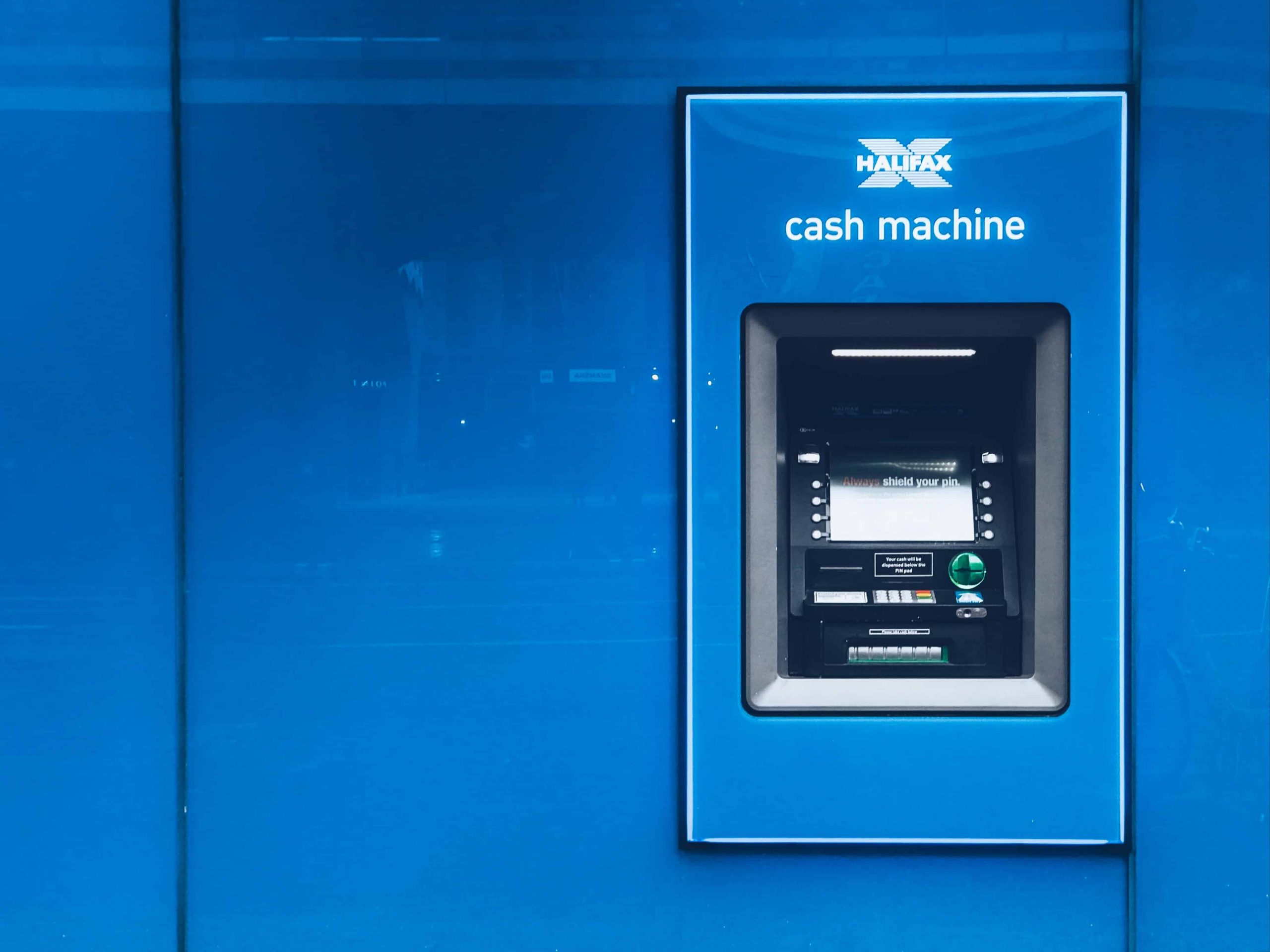Discussing the trends that dominate the current Indian fintech landscape
Fintech in India has allowed small businesses and individuals access to financial solutions beyond the purview of core banking services. Processes such as money transfer, lending and borrowing, and managing expenses have become more convenient for the country’s ever-growing population. There is no doubt that India’s fintech wave and the resulting players that have emerged have disrupted the existing market. This growth is only furthered by the development of the current information technology infrastructure ecosystem.
 Many fintech companies are struggling, given the COVID-19 pandemic. Skeptical investors have chosen to fund primarily established companies with proven business models. Fortunately, some are willing to fund early-stage ventures as well. With the returns generated by these start-ups and the problems they solve for their niche target groups, the overall environment remains favorable.
Many fintech companies are struggling, given the COVID-19 pandemic. Skeptical investors have chosen to fund primarily established companies with proven business models. Fortunately, some are willing to fund early-stage ventures as well. With the returns generated by these start-ups and the problems they solve for their niche target groups, the overall environment remains favorable.
 As India graduates from using traditional means of banking to a more digital-friendly system, the need of the hour continues to be, ‘convenience’. We see that the demand for P2P lending opportunities is likely to continue due to lower fees, simplified application processes, and faster loan approvals. Innovation coupled with technological advancements, make the financing process even more transparent, secure, and reliable for both, borrowers and lenders. Here are some of the significant fintech trends that we see prevalent today.
As India graduates from using traditional means of banking to a more digital-friendly system, the need of the hour continues to be, ‘convenience’. We see that the demand for P2P lending opportunities is likely to continue due to lower fees, simplified application processes, and faster loan approvals. Innovation coupled with technological advancements, make the financing process even more transparent, secure, and reliable for both, borrowers and lenders. Here are some of the significant fintech trends that we see prevalent today.
 BaaS – Banking as a Service
BaaS – Banking as a Service
Banking as a Service (BaaS) platforms supply specific banking capabilities as required by clients. Organizations such as big holdings and retailers that need to carry out financial operations, but do not wish to establish their own banks, opt for BaaS solutions. These platforms deconstruct banking infrastructure and allow access to individual functions through their application programming interfaces. BaaS providers build strong relationships with their clients through good-quality personalized services, be it granting a short-term loan or opening a quick deposit, and low fees.
 Open banking
Open banking
Open banking leverages customer-allowed data by banks with third-party developers and firms to construct applications and services. This trend allows fintech third parties to build products or services for customers’ financial affairs in a manner that isn’t restricted by any bank. These solutions are considered lucrative and desirable investments. Accessible internet and low-cost bandwidth have allowed better competition and easier expansion in the market economy. ‘Buy Now, Pay Later’ is highly popular amongst online retailers. Open banking has allowed quick and accurate background checks to be performed thereby reducing the need for traditional methods of ensuring customer’s credit.
Blockchain
Blockchain is a digitalized, decentralized, and incorruptible public ledger of all digital assets and economic transactions stored across a peer-to-peer network. It is most commonly used in digital identity, fund transfers, and payments infrastructure. Banks in India have already expressed interest in using this technology for international trade finance and vendor financing. Using blockchain, organizations can reduce their need to maintain a large number of distinct databases stored in different physical locations. Blockchain is the underlying digital solution that has enabled the presence of cryptocurrencies. It also improves information security and maintains transparency by sharing data in P2P networks.
 Autonomous Finance
Autonomous Finance
Autonomous finance uses technology like artificial intelligence (AI) and machine learning (ML) to automate financial transactions and decision-making processes. With functions like recurring bill payments, insurance, and subscriptions becoming streamlined, this trend has made the lives of customers more convenient. The real-time access to data allows companies to reap various benefits by providing their customers with agreeable fees, a plethora of functionalities, and smoother access with availability from any time and anywhere. The compatibility with smart devices also makes this a favorable option in the Indian fintech landscape. On the digitization front, Insurtech has also picked up on this shift in customer demand and is now providing mobile insurance solutions that compile various domains of assistance on a single platform.
In conclusion, we see that it is clear that fintech companies are more innovative than incumbent banks, offering a great learning foundation to improve capabilities and avenues to build upon the credit, lending, and borrowing culture. Out of the many fintech players in India, those that develop flexible business models that constantly meet customers’ ever-changing demands, will stand the test of time. The swift adoption of tech trends and robust IT structures are prerequisites to keeping up with market changes. Fintech companies must embrace the new to provide value to customers and ride the wave of digital disruption that will surely reach new heights in 2022.



